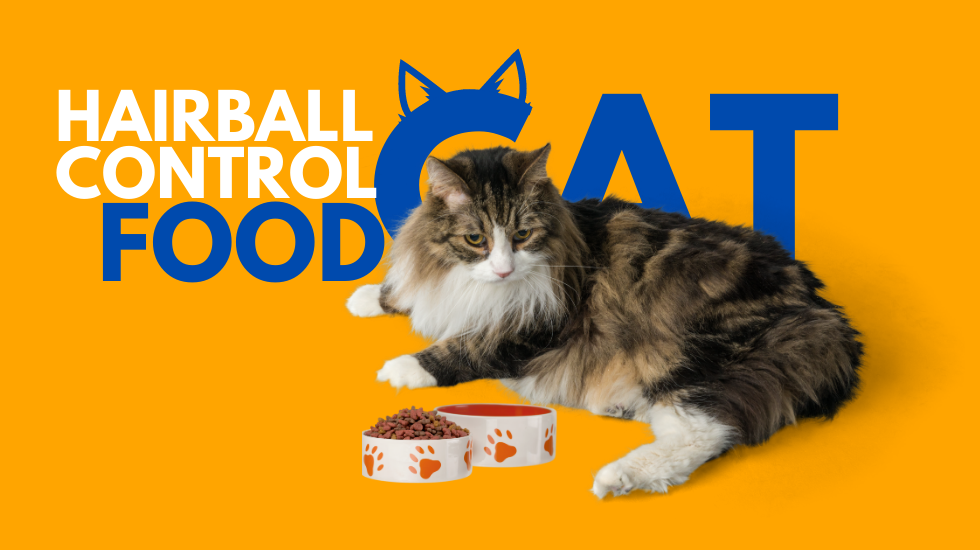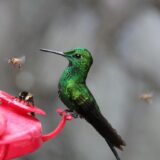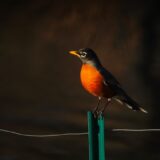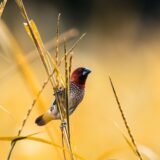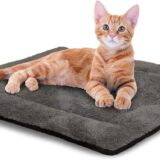As cat owners, we love our feline friends and want to provide them with the best care possible. One common issue that many cat owners face is hairballs. Hairballs occur when a cat ingests loose hair while grooming, which can accumulate in their digestive tract and cause discomfort, vomiting, and other health issues. Fortunately, there are many options available to help manage hairballs in cats, including hairball control cat food.
Hairball control cat food is specifically formulated with ingredients that help minimize the formation of hairballs and promote healthy digestion. In this blog, we will explore the benefits of hairball control cat food, the ingredients to look for, the different types available, and much more. Whether you have a kitten, a senior cat, or a cat with special dietary needs, there is a hairball control cat food option that can help keep your furry friend healthy and comfortable.
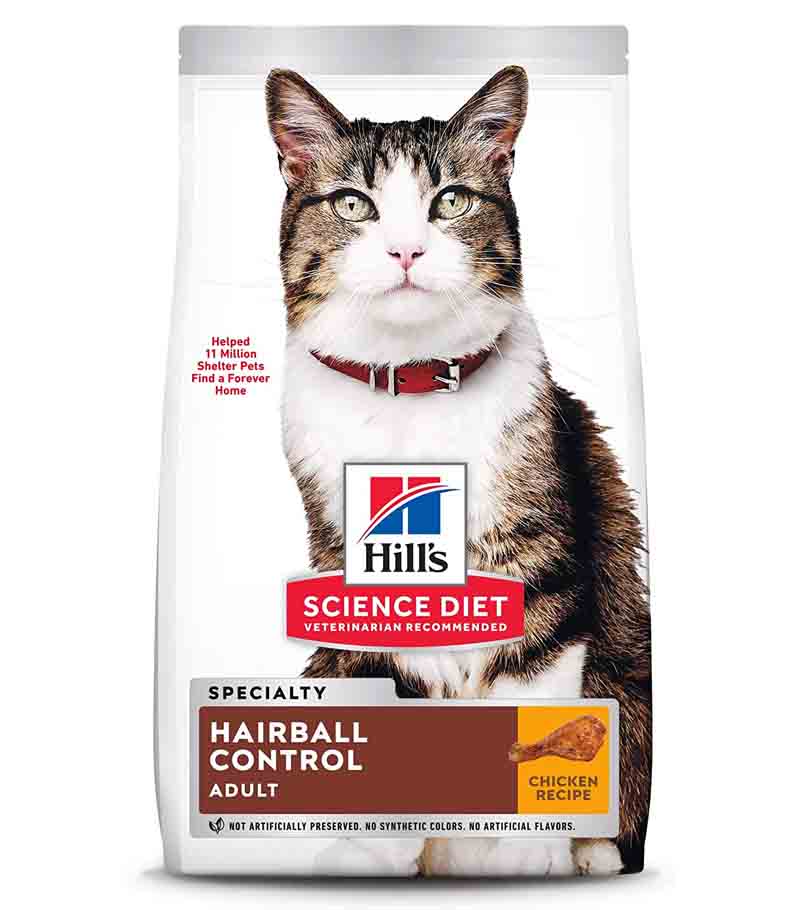
Types of Hairball Control Cat Food
There are different types of hairball control cat food available in the market, each with its unique set of features and benefits. One common type is dry hairball control cat food, which is designed to help reduce the formation of hairballs by incorporating specific ingredients like fibers that promote digestive health.
These dry foods often contain a blend of animal proteins, vegetables, and fruits, which provide a balanced and complete diet for your cat while also supporting their overall health.
Another type of hairball control cat food is wet or canned cat food, which can also help reduce hairball formation in cats. These canned foods often contain high moisture content, which helps support healthy digestion and prevents the buildup of hair in the digestive tract. Additionally, some wet cat foods are enriched with extra fiber or other natural ingredients that help minimize hairball formation and promote healthy digestion.
Lastly, there are hairball control cat treats that can be given to your cat in addition to their regular diet. These treats usually contain a blend of fibers and natural ingredients that promote healthy digestion and help minimize hairball formation.
They are a great option for cat owners who want to supplement their cat’s diet with hairball control support without switching to a hairball control cat food entirely.
It’s important to note that the different types of hairball control cat food may have varying nutritional content, and it’s essential to choose the right type for your cat’s age, weight, and health requirements. Consulting with your veterinarian can help you choose the best cat food for your furry friend’s unique needs.
Ingredients to Look for in Hairball Control Cat Food
When shopping for hairball control cat food, there are several ingredients that cat owners should look for to ensure that the food is effective in managing hairballs and promoting overall digestive health.
One important ingredient to look for in hairball control cat food is fiber. Fiber plays a vital role in promoting healthy digestion and preventing hairball formation by aiding in the movement of food and waste through the digestive tract. Some common sources of fiber in cat food include beet pulp, psyllium, and cellulose.
Another essential ingredient in hairball control cat food is protein. Protein is necessary for maintaining muscle mass and supporting overall health in cats. Look for high-quality sources of protein, such as chicken, turkey, or fish. Omega-3 and Omega-6 fatty acids are also crucial ingredients to look for in hairball control cat food.
These fatty acids help promote healthy skin and coat, which can reduce shedding and minimize the amount of hair that cats ingest while grooming. Some common sources of Omega-3 and Omega-6 fatty acids in cat food include fish oil and flaxseed.
Lastly, cat owners should look for hairball control cat food that contains prebiotics and probiotics. These ingredients help support a healthy gut microbiome, which can aid in digestion and reduce the likelihood of hairball formation. Overall, choosing a hairball control cat food that contains a balanced mix of fiber, protein, fatty acids, and pre/probiotics can help minimize hairball formation and promote overall digestive health in cats.
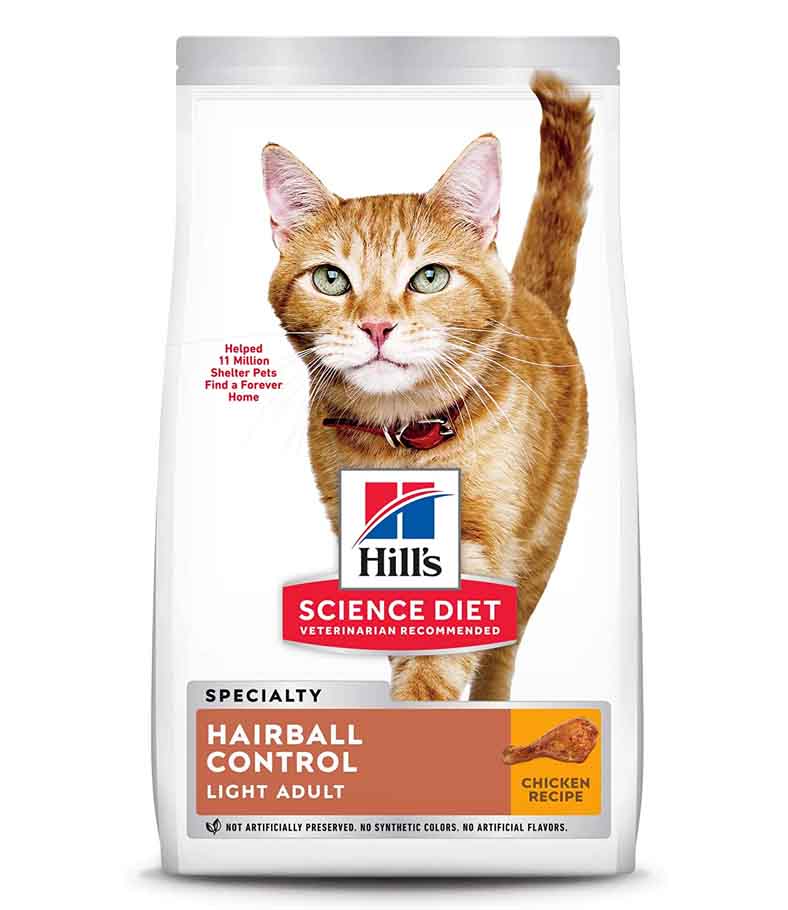
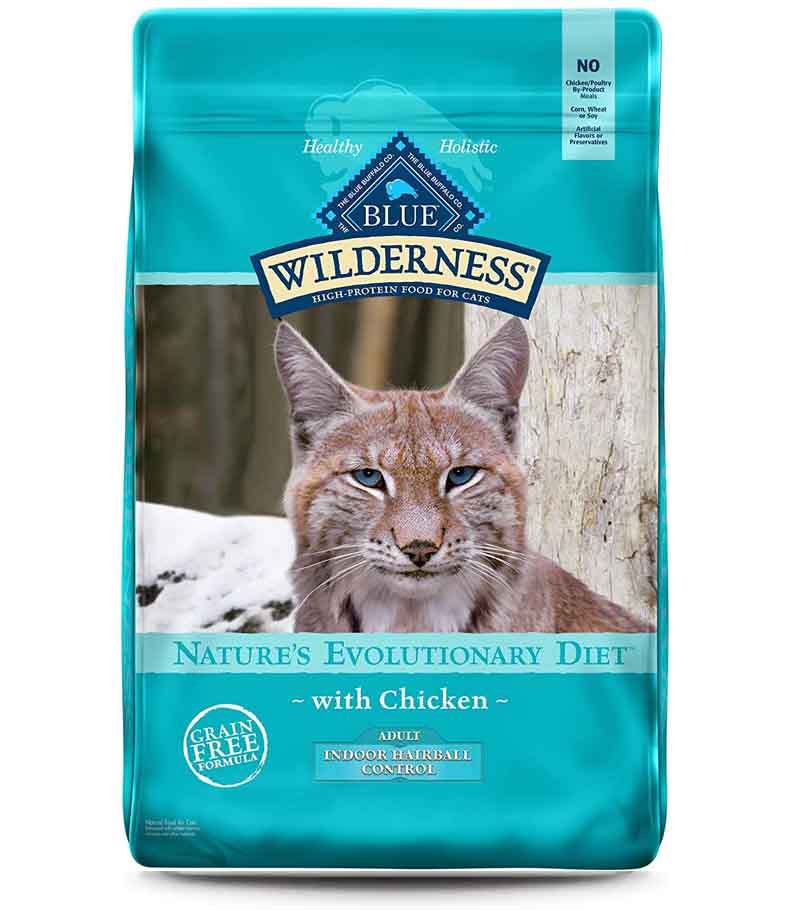
Health Benefits of Feeding Hairball Control Cat Food to Your Cat
Feeding hairball control cat food to your feline friend can have numerous health benefits. The most obvious benefit is that it can help reduce the number of hairballs that your cat experiences. By providing your cat with a high-fiber diet that promotes healthy digestion, hairball control cat food can help prevent hairballs from forming in the first place.
Another significant benefit of hairball control cat food is that it promotes digestive health. This type of food is designed to support the digestive system by providing high-quality sources of protein, fiber, and fatty acids. Additionally, hairball control cat food often includes prebiotics and probiotics, which help maintain a healthy gut microbiome and support digestive function.
In addition to reducing hairballs and promoting digestive health, hairball control cat food can also improve your cat’s overall well-being. High-quality hairball control cat food is typically formulated to include all of the essential nutrients that cats need to stay healthy, including vitamins, minerals, and antioxidants.
These nutrients can help support your cat’s immune system, promote healthy skin and coat, and contribute to overall vitality and longevity. Overall, feeding your cat hairball control cat food can have numerous benefits for their health and well-being.
By providing your cat with a high-fiber diet that promotes healthy digestion, you can help prevent hairballs and reduce the risk of digestive issues. Additionally, the essential nutrients in hairball control cat food can support your cat’s overall health and contribute to a longer, healthier life.
Hairball Control Cat Food for Kittens
Hairballs can be a common issue for cats of all ages, including kittens. While hairball control cat food is typically associated with adult cats, there are also formulas available that are specially designed for kittens. Feeding hairball control cat food to your kitten can help reduce the risk of hairball-related health issues and promote healthy growth and development.
Hairball control kitten food typically includes a high-fiber diet that promotes healthy digestion and helps prevent hairballs from forming. The fiber in this type of food helps move hair through the digestive system, reducing the likelihood of hairballs forming in the stomach or intestines.
In addition to promoting digestive health, hairball control kitten food also provides essential nutrients that support healthy growth and development. These formulas are typically formulated to include all of the essential nutrients that kittens need to thrive, including high-quality sources of protein, vitamins, and minerals.
When choosing hairball control kitten food, it’s important to look for formulas that are specifically designed for kittens. Kittens have different nutritional needs than adult cats, and feeding them the wrong type of food can lead to health issues down the line. Look for kitten food that includes high-quality sources of protein and essential nutrients, and avoid formulas that include artificial preservatives, colors, or flavors.
Overall, feeding hairball control cat food to your kitten can have numerous benefits for their health and well-being. By providing them with a high-fiber diet that promotes healthy digestion and includes essential nutrients, you can help reduce the risk of hairball-related health issues and support healthy growth and development.
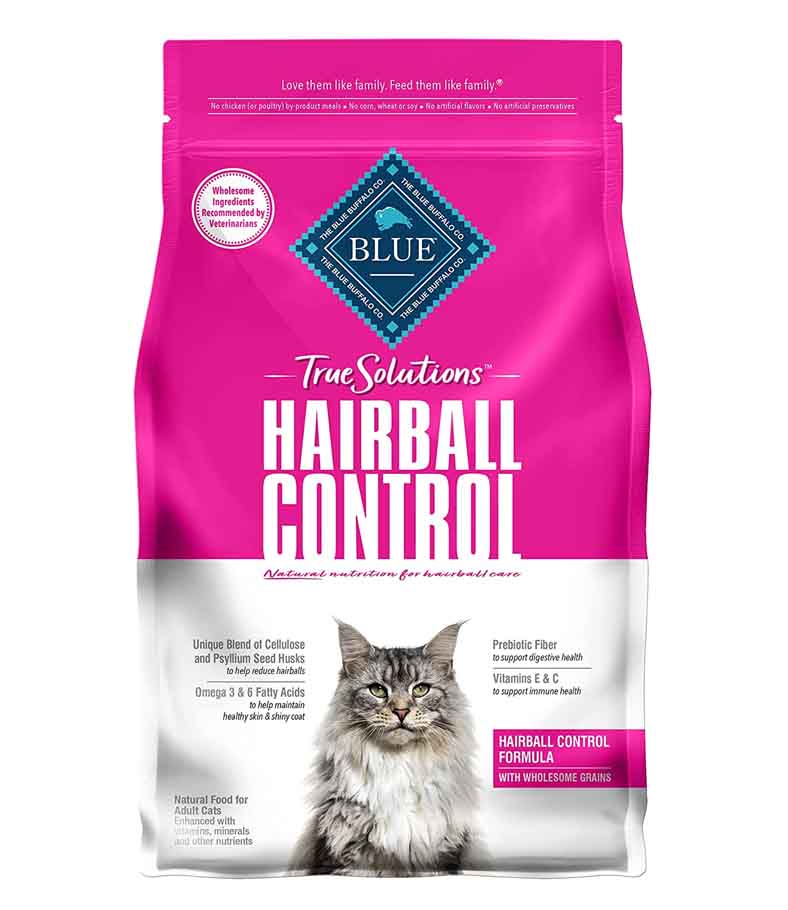
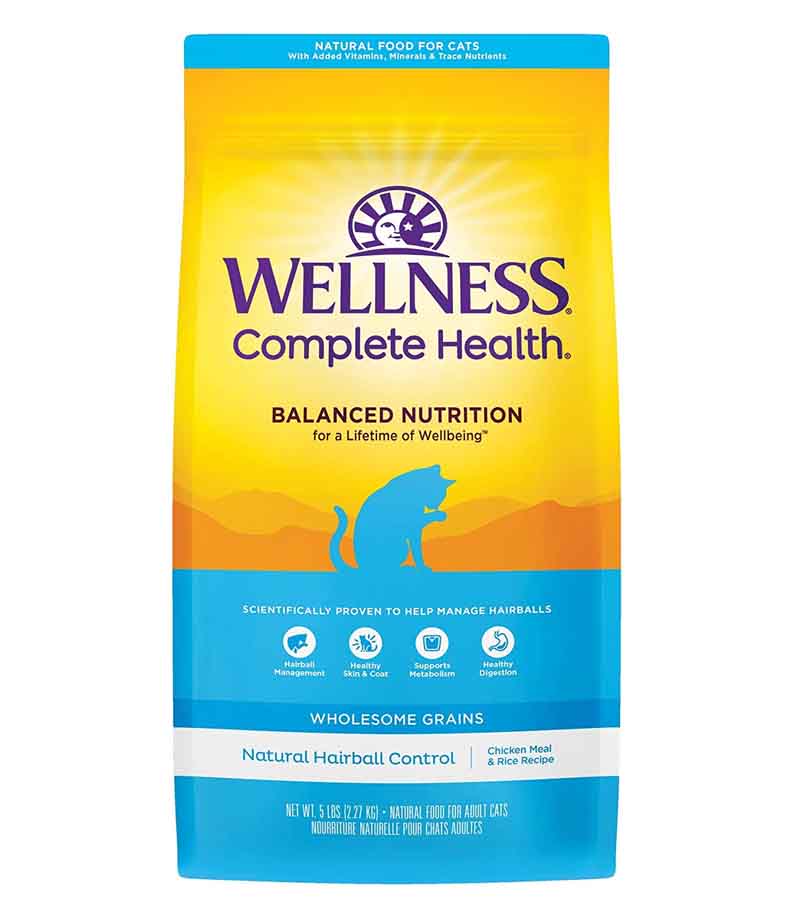
How to Transition Your Cat to Hairball Control Cat Food
Transitioning your cat to hairball control cat food requires a gradual approach to prevent digestive issues and ensure your cat adjusts to the new food. The transition should take place over several days or weeks, depending on your cat’s individual needs.
Start by mixing a small amount of hairball controlled cat food with your cat’s current food, gradually increasing the proportion of the new food over time. You may also want to consider feeding smaller meals throughout the day instead of larger meals to make the transition smoother.
Observe your cat’s response to the new food and monitor their digestive health. If you notice any signs of vomiting or diarrhea, slow down the transition and give your cat more time to adjust to the new food.
Additionally, make sure your cat has access to fresh water at all times to promote healthy digestion and prevent dehydration. Once your cat has fully transitioned to hairball control cat food, continue to monitor their health and adjust their diet as needed.
It is also important to maintain regular visits with your veterinarian to ensure your cat’s overall health and well-being. Overall, transitioning your cat to hairball control cat food requires patience, observation, and care to ensure a smooth and successful transition. With proper attention and care, your cat can enjoy the benefits of hairball control cat food and improved digestive health.
Importance of Adequate Hydration for Hairball Control in Cats
Adequate hydration is crucial for preventing hairballs in cats. Hairballs are formed when cats ingest hair during grooming, and the hair cannot be digested properly. This hair can accumulate in the stomach and intestines, leading to uncomfortable and potentially dangerous blockages. One of the most effective ways to prevent hairballs is to ensure that your cat is drinking enough water.
When cats are dehydrated, their digestive system can become sluggish, which can lead to hairball formation. Adequate hydration can help to keep your cat’s digestive system working properly and promote the regular passage of hair through the intestines. Providing your cat with fresh, clean water at all times can help to ensure that they stay hydrated.
You can also promote hydration by feeding your cat wet food, which has a higher moisture content than dry kibble. Wet food can help to keep your cat’s system lubricated and prevent hairballs from forming. Additionally, you may want to consider investing in a pet fountain, which can encourage your cat to drink more water.
In addition to promoting hydration, there are other steps you can take to help prevent hairballs in your cat, such as grooming your cat regularly to remove loose hair and providing hairball control cat food. By taking these steps and ensuring that your cat stays properly hydrated, you can help to prevent hairballs and keep your cat healthy and comfortable.

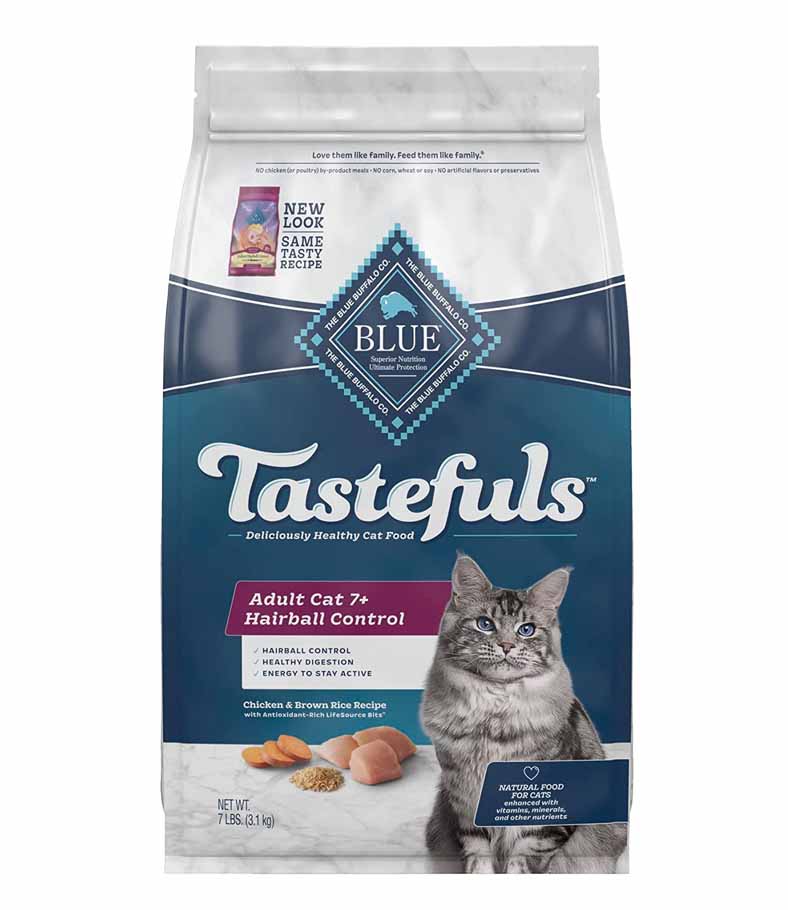
Hairball Control Cat Food and Digestive Health
Hairball control cat food can play an important role in maintaining your cat’s digestive health. When cats groom themselves, they ingest a significant amount of hair, which can accumulate in their stomach and intestines, leading to the formation of hairballs. This can cause discomfort and potentially dangerous blockages. Hairball control cat food is specially formulated to help prevent the formation of hairballs.
These types of cat food usually contain natural fiber sources, such as beet pulp or cellulose, which can help to promote digestive health and reduce hairball formation. The fiber helps to move hair through the digestive system and prevent it from accumulating in the stomach and intestines.
In addition to fiber, hairball control cat food often contains a balance of protein, fat, and other essential nutrients that can help to support digestive health. It is important to choose a hairball control cat food that is nutritionally balanced and meets the specific needs of your cat.
Feeding your cat hairball control cat food can also provide other benefits for their digestive health. For example, some types of hairball control cat food contain probiotics, which are beneficial bacteria that can help to support healthy digestion and promote regular bowel movements. Other types of hairball control cat food may contain ingredients that soothe the digestive tract, such as prebiotics or omega-3 fatty acids.
Conclusion
In conclusion, hairballs can be a common issue for cats, but feeding them hairball control cat food can help alleviate this problem. Choosing the right type of hairball control cat food with the right ingredients is important to ensure your cat receives the necessary nutrients for optimal health.
Whether your cat is a kitten or has special health needs, there are various types of hairball control cat food available to cater to their specific needs. Additionally, it is crucial to ensure your cat stays adequately hydrated to promote healthy digestion and prevent the formation of hairballs. By transitioning your cat to hairball control cat food and providing adequate hydration, you can help reduce hairballs and keep your feline companion happy and healthy.
Frequently Asked Question (FAQ)
How does it work?
Contains dietary fibers that promote healthy digestion and reduce hairball formation.
What are the benefits?
Reduces hairballs and promotes healthy digestion and skin/coat health.
Are there risks?
No significant risks, but monitor for any potential sensitivity to ingredients.
How do I introduce Hairball Control Cat Food to my cat?
Introduce it gradually by mixing a small amount with your cat’s current food and increasing it over several days.

